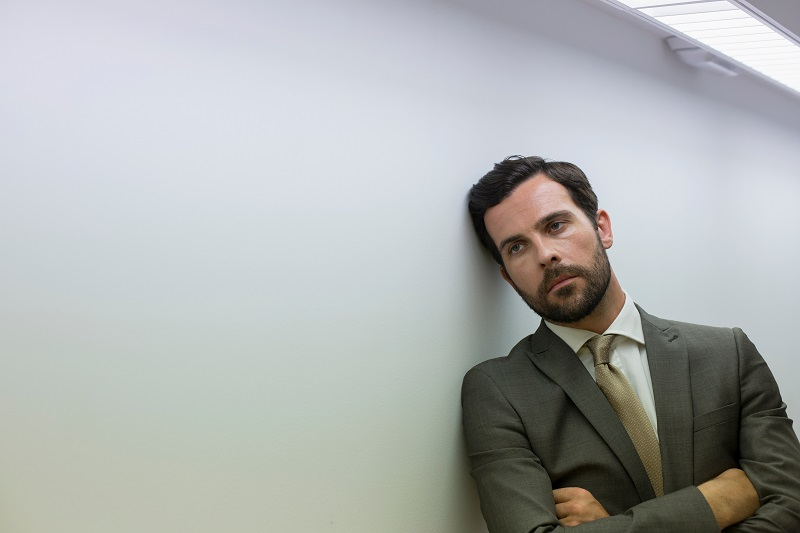ATD Blog
Are You Stuck? Understanding the Biology Behind Change
Fri May 05 2023

As we enter the post-pandemic workplace, an agile workforce ready for change seems more critical than ever. However, change can be difficult. Every time an organization undergoes any change, some individuals/groups enthusiastically come forward with anticipation, and others seem wearily burdened by the notion.
Within the workplace, the latter is often labeled as resistance that some colleagues and business leaders characterize as irrational or based on a lack of understanding, or mired in exhaustion. But it is not resistance or exhaustion that makes us resist change. Quite simply, we get stuck.
Getting stuck is a biological response to change that is rarely explored and rarely acknowledged in the workplace. We build algorithms, schema, and mental models that work like roadmaps to navigate the world. Those roadmaps are deeply wired into our brains. When a change occurs, it often requires us to rewire these algorithms. Our instinctual response says, "whoa . . . maybe this isn’t a good idea . . ." The brain likes things the way they are. We get stuck because our brains get attached to systems and routine. So how do we get unstuck?
Getting unstuck begins with a basic understanding of an area in the brain called the limbic system. The limbic system is where the brain manages motivation, emotion, learning, and memory. It is in this area where attachment behaviors originate. The human instinct to seek attachment connects us to others, the world around us, and the organizations within which we work. This behavior spans our entire lives. Attachments are a biological response driven by the unique instincts of each individual to find tangible or intangible objects to lean on for support. Within an organization, these objects may be physical (such as a leader or a technology) or abstract (such as a mission or creed). The objects will vary as individuals within the organization experience change and transition.
Neuroplasticity is also an important concept in becoming unstuck. Neuroplasticity refers to the brain’s ability to change and adapt due to experience. Based on experiences, the brain can create new connections and reorganize pathways. This means that in times of change, people are capable of letting go of old objects (tangible or intangible) and embracing new ones. This isn’t always easy. However, research shows change is more successful if people feel like they’re an active part of the process.
One example is giving employees a choice of where and how to work. Several years ago, we studied an organization that went from a small office space to a much bigger one. Instead of assigning spaces to employees, they gave people a hoteling space, an assigned cubicle, or an office with a door. This provided a sense of autonomy, support, and a clear role amidst big change. This example is relevant today as companies are making big decisions about where and when employees will work in the future. We should ask: In which aspects of this process can you give people a choice?
Getting unstuck begins with a basic understanding of the brain and recognizing the power of choice during change and transition. These basic tools can be integrated as a function of the executive and professional development process to maximize the agility of the current and future workforce.

